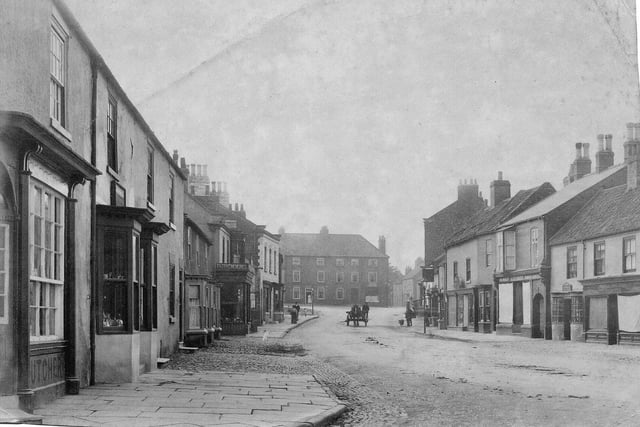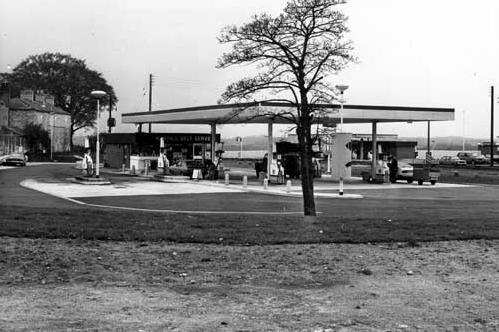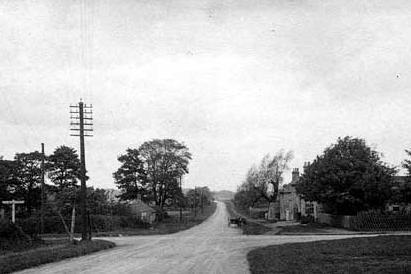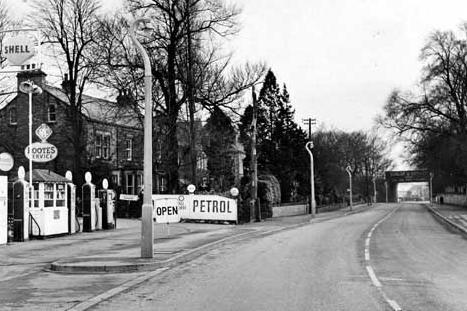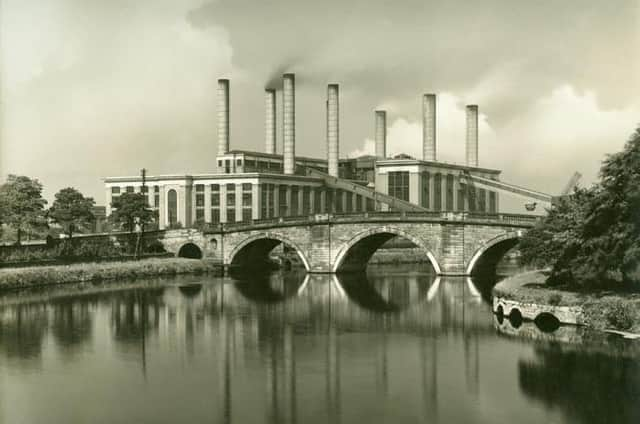The photographer and writer from Slingsby in North Yorkshire has shared the evocative images he's taken of the A1 - Britain's most famous road - as it marks 100 years since it was officially designated by the Ministry of Transport in 1922.
The modern route replaced a series of turnpike roads developed during the Georgian coaching age which had fallen out of favour in the mid-19th century when the railways stole their traffic. It was only after World War One that motoring began to boom and the roads went from forgotten byways to major arteries once again.
Nine years ago, Mr Cooper collated old photographs of the Great North Road and present-day scenes of the same landmarks - from bridges to coaching inns to marooned stretches of track cut off by widening and realignment schemes. He published a book, The Great North Road Then and Now.
Since its release, the A1(M) has continued to change and evolve, having already bypassed many of the towns and villages it ran through the centre of 100 years ago, and recent landscape transformations include the demolition of the Ferrybridge cooling towers and the removal of the Selby Fork.
The Great North Road entered Yorkshire in Doncaster and the A1 mostly follows its original path up to the coaching towns of Wetherby, Boroughbridge and Leeming - where police would have to stop traffic to allow planes to land at RAF Leeming - to Scotch Corner.
"Before the 20th century, it wasn't what we'd today recognise as a road - it was more a series of mud tracks and green lanes. Roads didn't really exist outside of towns until then. They had died in the mid-1800s with the invention of the railways.
"In Doncaster, the Frenchgate Centre was built over the top of the route, but the A1 then follows the original road closely between Wetherby and up to Scotch Corner. The market town that is most obviously similar to how it was is probably Boroughbridge, which still has coaching inns."
Relics of the original road can still be seen. At the A1/A61 interchange near Thirsk, Healam Bridge was left abandoned and leading nowhere after the old dual carriageway was converted into a motorway in 2012. The old stone bridge dates from the Great North Road's heyday.
Ferrybridge Old Bridge was similarly bypassed by modern development, but is Grade I-listed and can still be seen. And then of course there are the coaching inns - a remnant of the romance conjured up by stagecoaches and highwaymen.
"These coaches were big, heavy things and the horses would have to be changed every 10 or 12 miles. The inns with stables were posted at these intervals, but once the coaching trade had died off they became houses, regular pubs or were even demolished. Quite a few survive - the village of Aberford near Leeds once had nine.
"There were the toll booths from the turnpike days, and Sheffield still has some. The rest of the survivors are just stubs of old road."
Mr Cooper often relies on folk memories for his research, but is frustrated by how quickly people forget the original layouts of vanished roads.
"People don't pay enough attention, and memories get lost. I remember the Ferrybridge cooling towers from an early age, now they're all gone. Selby Fork has been removed, the old Selby junction, and you'd never know where it had been. When writing my book, there were a lot of things I never managed to find out."
Mr Cooper's next book, due out this summer, is a history of British roads from the Iron Age onwards, including Roman trunk routes such as Ermine Street, which ran to York, and Dere Street, a precursor to the A1 which went from York to Scotch Corner.
He is also seeking sponsorship to drive from Hadrian's Wall to Rome following the original paths of the Roman roads.
Nine years ago, Mr Cooper collated old photographs of the Great North Road and present-day scenes of the same landmarks - from bridges to coaching inns to marooned stretches of track cut off by widening and realignment schemes. He published a book, The Great North Road Then and Now.
